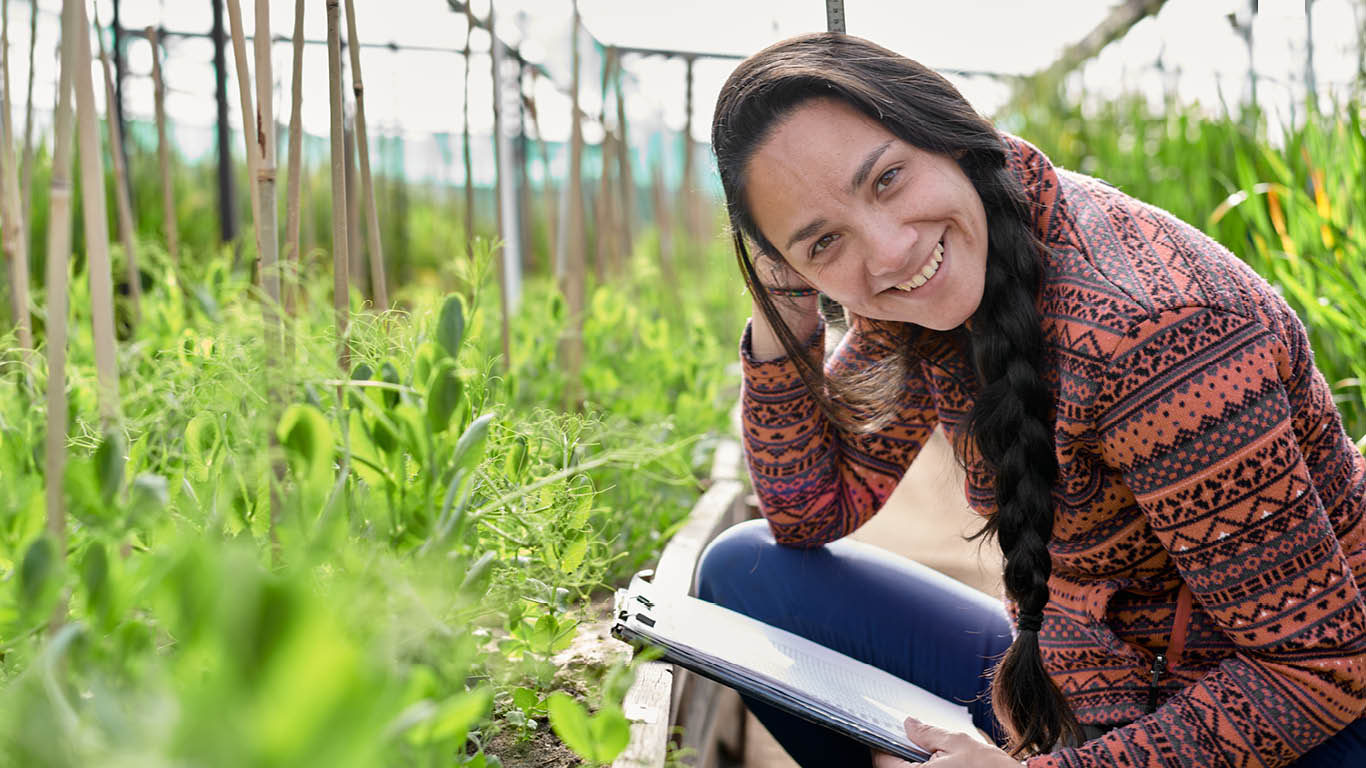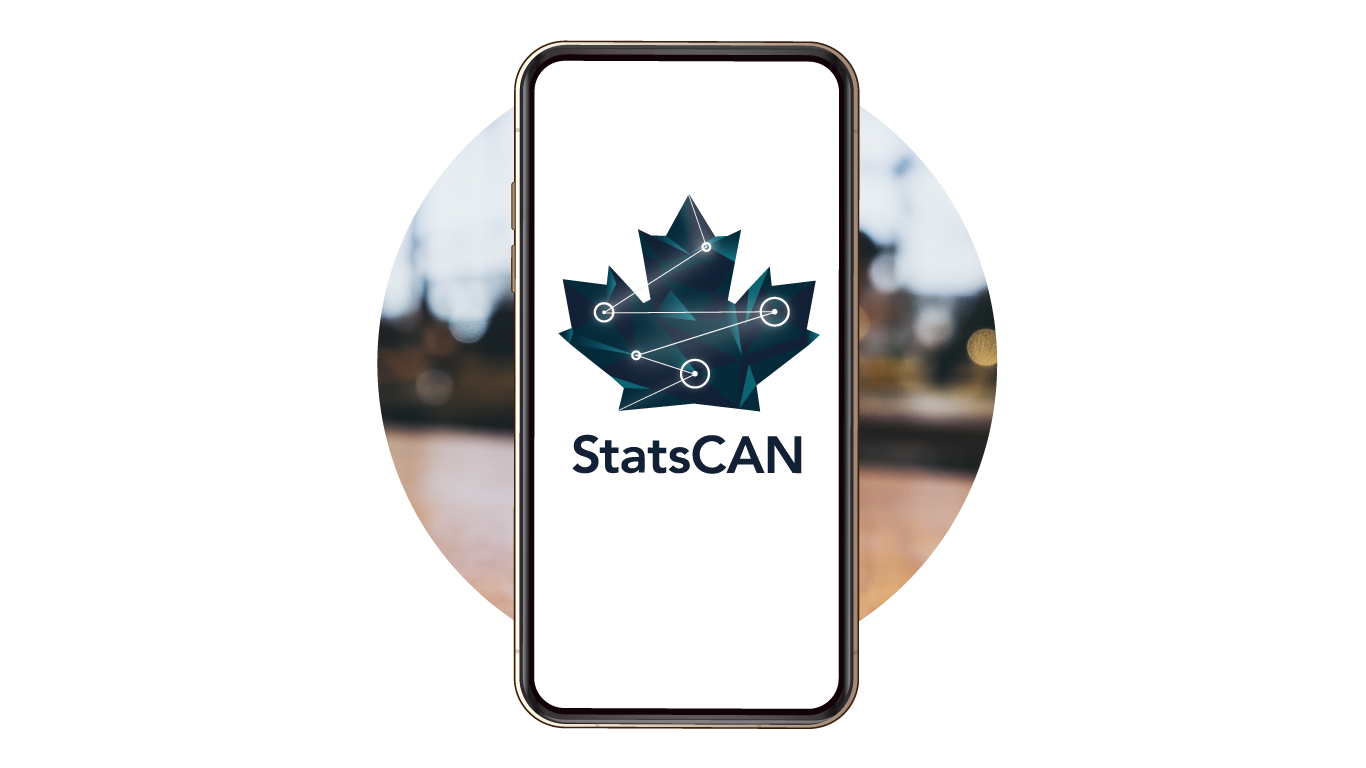
When Indigenous people earn a bachelor’s degree, their labour market participation rates are comparable with that of non-Indigenous people. However, Indigenous people face barriers to continuing their education at the postsecondary level, such as living in remote or rural areas, having to relocate, lack of guidance and culturally appropriate curricula, inadequate funding, difficulty in finding housing, and the impacts of residential schools and intergenerational trauma.
A recent study, “Early career quality of employment of Indigenous graduates with a bachelor’s degree, 2010 to 2018 cohorts,” compares, for the first time, selected labour market indicators of First Nations and Métis graduates with a bachelor’s degree at the start of their careers, two years after graduation, with those of their non-Indigenous, non-racialized and non-immigrant counterparts.
Indigenous people underrepresented among graduates with a bachelor’s degree from 2010 to 2018
From 2010 to 2018, roughly 3%, or 42,070, of those aged 25 to 34 years who earned a bachelor’s degree in Canada were Indigenous, which is lower than the overall proportion of Indigenous people aged 25 to 34 years in the Canadian population in the 2021 Census (5%).
In 2021, one-tenth (10%) of Indigenous people aged 15 years and older had a bachelor’s degree or higher, compared with just over one-quarter (27%) of non-Indigenous people.
Almost three in four Indigenous bachelor’s degree holders are women
There are generally more women among bachelor’s degree holders in Canada, and the proportion of women among Indigenous graduates (72%) was higher than among non-Indigenous graduates (62%).
Women accounted for approximately four-fifths of Inuit graduates, three-quarters of First Nations graduates and two-thirds of Métis graduates from 2010 to 2018.
Indigenous graduates are older and more likely to have dependent children two years after graduation
On average, Métis graduates earned their bachelor’s degrees at age 27, and First Nations and Inuit graduates earned theirs at age 30. Non-Indigenous graduates earned their degrees at a younger age on average (26 years). Indigenous people may follow non-linear education trajectories, which may lead to individuals starting postsecondary education at a later age.
Family responsibilities and the number of dependents requiring childcare can create direct and indirect barriers to education and employment both for Indigenous and non-Indigenous people. Indigenous female graduates were one-and-a-half to three times more likely than non-Indigenous female graduates to have at least one dependent child two years after graduation.
Indigenous graduates more likely to have lived in a remote region in 2016 or 2021 than non-Indigenous graduates
Living on a reserve or in a remote region is often associated with a lack of access to adequate education, lower incomes and higher unemployment rates.
In 2021, over half (57%) of Inuit, one-third (33%) of First Nations and one-fifth (22%) of Métis graduates were living in a region deemed “less accessible,” “remote” or “very remote” compared with one-tenth (10%) of the non-Indigenous graduates.
Among graduates with a bachelor’s degree, Métis graduates have incomes similar to non-Indigenous graduates, while First Nations graduates have slightly lower incomes
Two years after earning their bachelor’s degree, Métis women ($54,800) earned more than non-Indigenous women ($50,900), whereas First Nations women ($50,400) had a slightly lower income than non-Indigenous women.
Among men, First Nations graduates ($55,600) earned less than non-Indigenous graduates ($58,100), while Métis graduates earned slightly more ($59,400).
While Métis graduates (women and men) earned more than non-Indigenous graduates, these differences are accounted for by differences in the graduates’ educational, demographic and industry characteristics aside from Indigenous identity.
Métis graduates have higher unionization rates than non-Indigenous graduates, while First Nations graduates are less likely to be unionized
The unionization rate is another quality of employment indicator. In this study, the unionization rate is the proportion of employed bachelor’s degree graduates who paid union dues two years after graduation.
Almost two-thirds (64%) of female Métis bachelor’s degree holders from 2010 to 2018 were unionized, compared with 55% of non-Indigenous and 46% of First Nations bachelor’s degree holders.
The unionization rate for male Métis bachelor’s graduates (43%) was also higher than among their First Nations (34%) and non-Indigenous (33%) counterparts.
In general, women’s unionization rate is higher than that of men because women are more likely to hold jobs in the public sector (such as education, health and public service), where unionization is more prevalent.
From 2010 to 2018, Indigenous women (70%) and men (40%) were more likely than their non-Indigenous counterparts (57% for women; 26% for men) to be employed in the public sector two years after graduating.
Métis graduates have similar pension plan coverage rates to those of non-Indigenous graduates, while First Nations graduates are less likely to be covered by a pension plan
An employer pension plan provides the covered employee with a source of income during their retirement.
Two years after graduation, Métis graduates, both women and men, had higher rates of employer pension plan coverage than their non-Indigenous counterparts; 65% for women (compared with 59% for non-Indigenous female graduates) and 55% for men (compared with 47% for non-Indigenous male graduates). These differences in employer pension plan coverage are accounted for by differences in the graduates’ educational, demographic and industry characteristics aside from Indigenous identity.
However, First Nations men (46%) and women (45%) had lower employee pension plan coverage rates than non-Indigenous graduates.
For more information, check out the paper “Early career quality of employment of Indigenous graduates with a bachelor’s degree, 2010 to 2018 cohorts,” or the infographic “Quality of early-career employment for Indigenous graduates with a bachelor’s degree.”

StatsCAN app
Did you know you can read StatsCAN Plus articles and more on the StatsCAN app? If you’re already using the app, let us know what you think by leaving a review in the App Store and Google Play.
Contact information
For more information, contact the Statistical Information Service (toll-free 1-800-263-1136; 514-283-8300; infostats@statcan.gc.ca) or Media Relations (statcan.mediahotline-ligneinfomedias.statcan@statcan.gc.ca).
